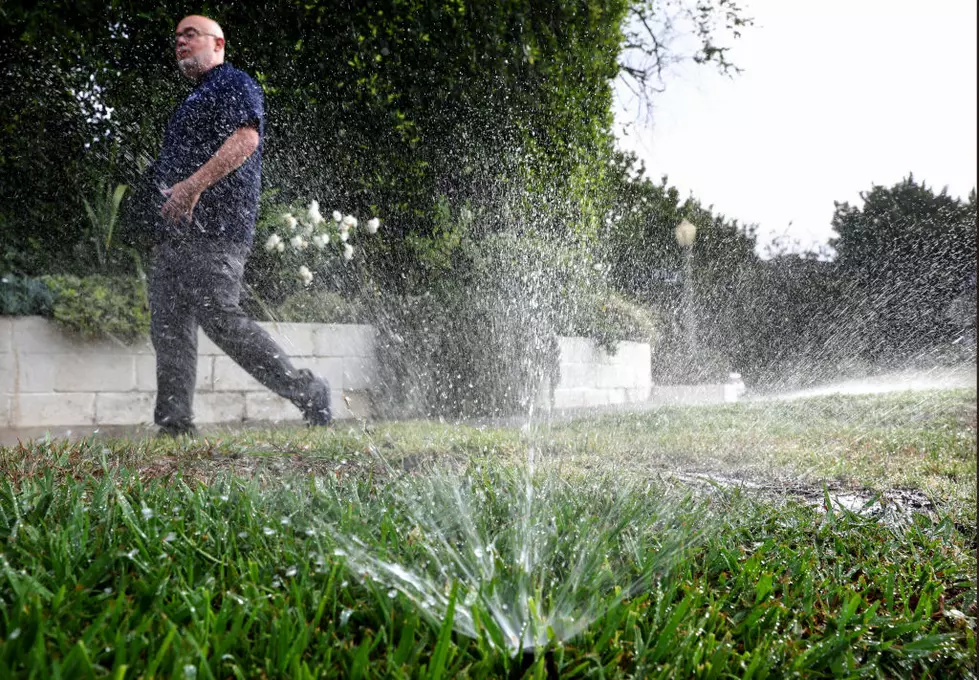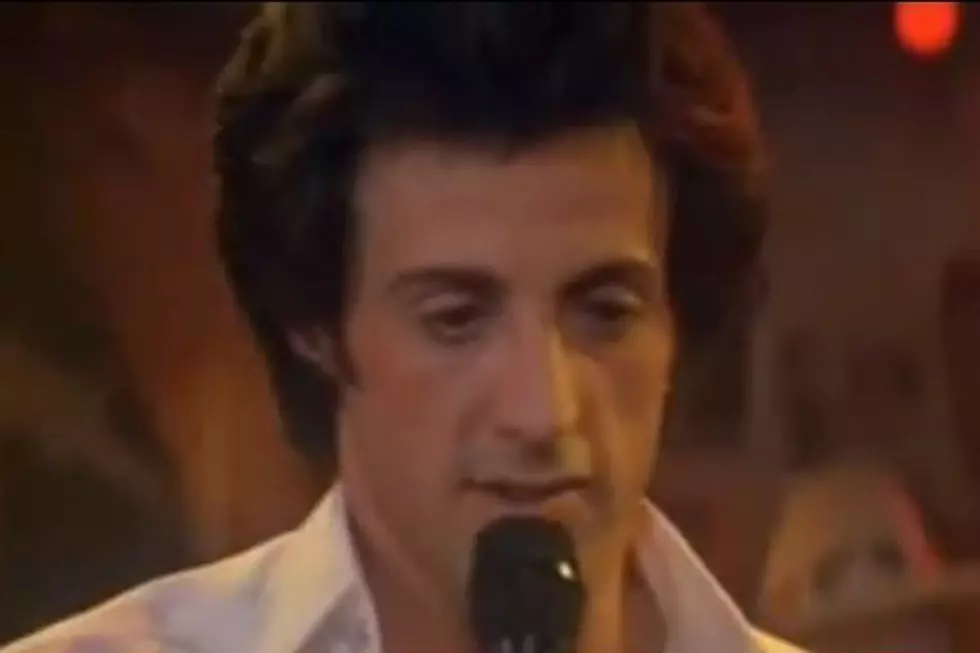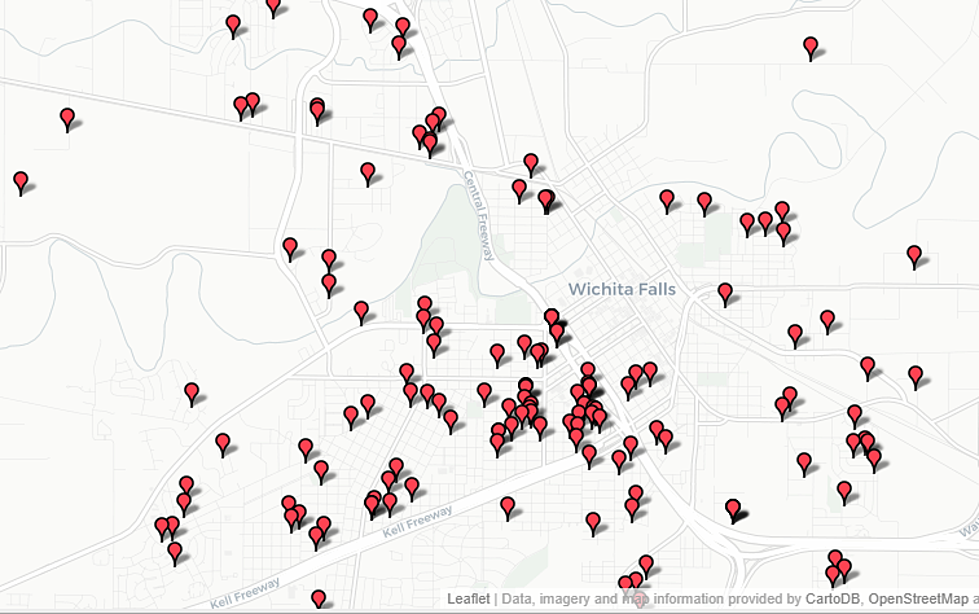![Stage 4 Drought Disaster Hits Wichita Falls [UPDATED]](http://townsquare.media/site/176/files/2012/08/Screen-Shot-2012-08-14-at-12.05.30-PM-630x418.png?w=980&q=75)
Stage 4 Drought Disaster Hits Wichita Falls [UPDATED]
We’ve been warned. Wichita Falls is officially in stage 4 drought disaster. The new restrictions will be enforced beginning Nov. 16.
City officials met in council chambers on Tuesday, November 12 to hold a press conference on the implementation of Stage 4.
So what exactly will Stage 4 mean for you? Here’s the rundown from the City of Wichita Falls:
Stage 4 Drought Disaster Restrictions and Requirements
1. Total ban on all outdoor irrigation/watering (no matter what type of hose or device).
2. A home foundation may be watered using only soaker hose, from 8:00 pm to midnight, on the designated day to water for the property.
3. It is unlawful to wash sidewalks, driveways or structures.
4. The surcharge triples for any amount of water used over ten units. The charge will be $3 per unit used over ten units. This charge increases as additional units are used.
5. All hydrant meters for contractor use will be pulled and service suspended until conditions return to a Drought Emergency status.
6. It shall be unlawful to irrigate any and all turf areas on golf courses including greens, tee boxes, and fairways using water from the City system.
7. Large industries will be required to conduct an internal water audit to see if there are additional water conservation efforts they can undertake and submit a report to City Staff within 60 days. Changes must be implemented by the time combined lake levels reach 20%.
8. The City will continue an aggressive public relations and education program.
All Stage 1, 2, and 3 water restrictions and requirements remain in place unless modified by Stage 4 restrictions and requirements.
So far, Stage 3 restrictions have helped sustain the city. But the lack of substantial rainfall in the watershed area for our principle reservoirs, Lake Kickapoo and Lake Arrowhead, has left both lakes at levels not seen in over a decade.
Agriculture has been hit hard due to dwindling stock tanks, though some have recovered a bit with recent rains. However, rains that fall outside the ‘watershed’ area for Kickapoo and Arrowhead are of no benefit to the lakes. Rains that fall inside the city of Wichita Falls end up in the Big Wichita River, which dumps into the Red River in Northern Clay County. That water then flows downstream to Lake Texoma. Want to benefit from rains that fall on your property? A 'rain barrel' or other portable tank is what you'll need. The storm run-off won't be coming back to you in a public utility pipeline.
The city’s emergency water plan includes the construction of an emergency pipeline from the River Road Water Treatment facility to the Cypress Water Treatment Facility. There, the treated refuse water will be sent through the city’s reverse osmosis treatment equipment, then blended with water from Lake Arrowhead and treated yet again. The pipeline should be complete and operational by spring 2014. Grossed out? Don’t be. You’ve been drinking someone’s recycled toilet water your whole life. According to coexploration.org
Water is continually moving around, through and above the Earth as water vapor, liquid water, and ice. In fact, water is continually changing its form. One should consider the Earth as a "closed system" for the most part, like a terrarium. That means that the Earth, as a whole, neither gains nor loses much matter, including water. Although some matter, such as meteors from outer space, are captured by Earth, very little of the Earth's substances escape into outer space. This is certainly true about water. Therefore the same water that existed on Earth millions of years ago is still here. The global water cycle dictates that the same water is continually being recycled all around the globe.
Big Spring brought a similar system online in May and Abilene is preparing to move in a similar direction. Oklahoma City has been engaging in waste water reuse since the mid-1990’s and more Oklahoma communities are looking at such projects. As of October 28th, Lake Arrowhead was at 29.6%, Lake Kickapoo at 34.2%, giving us a combined total of 30.8%. Once the combined level drops below 30%, Stage 4 kicks in.
More From 102.3 The Bull





![Best Swimming Holes in Texas [PHOTOS]](http://townsquare.media/site/142/files/2019/05/Hamilton-Pool-Corey-Van-Zandt-10.jpg?w=980&q=75)

![Halloween Haunted Houses and Events in the Wichita Falls Area [2018]](http://townsquare.media/site/175/files/2013/09/2143669751_d144457163_z.jpg?w=980&q=75)
![Best Halloween Pumpkin Patches in Wichita Falls [2018]](http://townsquare.media/site/153/files/2012/09/pumpkin.jpg?w=980&q=75)

